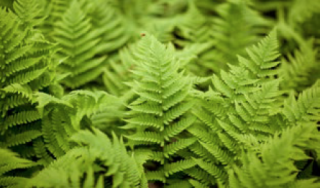Peony Paradise
Posted in What's Beautiful Now on June 4 2019, by Claire Lyman
[Not a valid template]It’s peony paradise at the Garden right now! We’re racing through peony season this year with the tree peonies done, the intersectional peonies halfway through their flowering, and the herbaceous peonies now at peak bloom. Here’s a little primer to help you understand the differences between these bombastic spring beauties.
Herbaceous peonies have stems that die back to the ground in the winter, and are the most common peonies found in home gardens. Intersectional peonies (also known as Itoh peonies) are a delightful hybrid cross between tree and herbaceous peonies that exhibit a wonderful blend of traits. These peonies produce tree peony flowers and leaves on plants that behave like herbaceous peonies, dying down to the ground in winter and reemerging each spring. You will also find more yellow hues in Itoh peonies than herbaceous. Finally, tree peonies have woody stems that remain year round, with deciduous leaves and a distinctive flower form.

